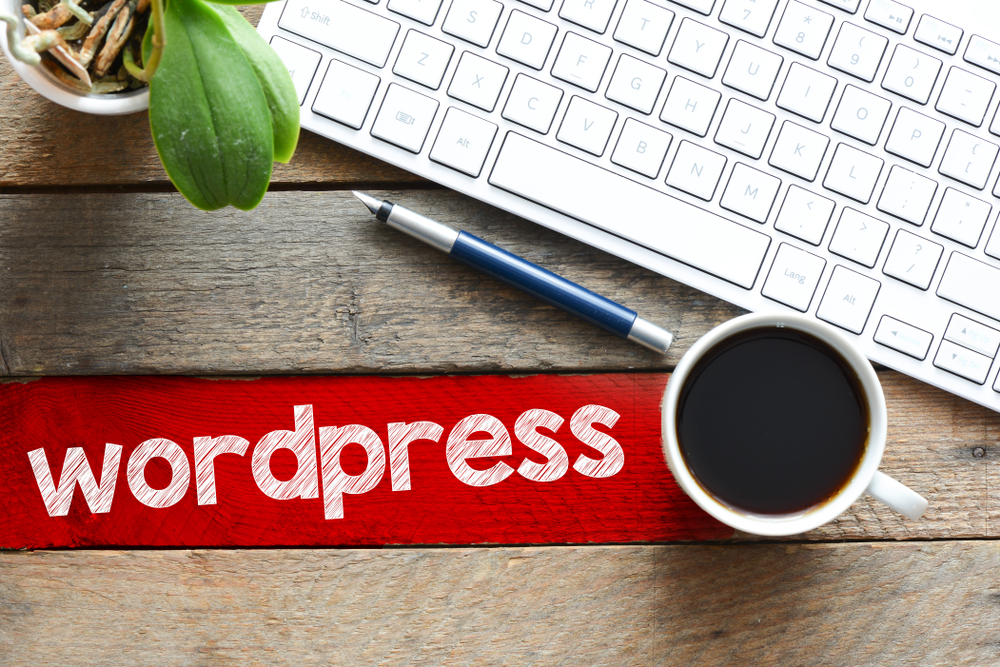
WordPress (the platform for bloggers) has become the go-to platform for website development, providing a user-friendly interface and endless customization options. However, to create a top-notch website, mastering WordPress (WP) and its essential customization and maintenance tips is crucial. Whether you are a beginner or an experienced user, this article will guide you through the key steps to elevate your WordPress (the blogging platform) website to new heights.
1. Choose a Unique and Responsive Theme
A theme serves as the foundation for your website's design and functionality. With thousands of WordPress (or WP) themes available, it can be overwhelming to make the right choice. Start by considering your website's purpose, target audience, and the overall vibe you want to convey.
Look for a theme that is responsive, meaning it adapts to different screen sizes, ensuring a seamless experience for visitors on desktop, tablet, and mobile devices. Furthermore, opt for a theme that offers customization options, allowing you to tailor the design to suit your needs.
2. Utilize Plugins Wisely
Plugins are powerful tools that extend the functionality of WordPress websites. However, using too many plugins can not only slow down your website but also introduce security risks. Choose plugins that are essential for your website's objectives and keep them updated regularly.
Consider installing popular and reliable plugins such as Yoast SEO to optimize your website for search engines, Akismet to combat comment spam, and Jetpack for enhanced security and performance. Remember, quality over quantity when it comes to plugins.
3. Customize Your Website's Appearance
One of the main advantages of WordPress is its flexibility in terms of design customization. To ensure your website stands out from the crowd, take advantage of the customization options available.
Start by customizing your website's logo, colors, and fonts to align with your brand identity. WordPress offers a built-in customizer tool, making it easy to make these changes without any coding knowledge. If you want to take customization further, consider using a page builder plugin such as Elementor or Beaver Builder. These plugins enable you to create visually stunning layouts by dragging and dropping elements.
4. Optimize Your Website's Performance
A slow website can drive visitors away and negatively impact your search engine rankings. Optimizing your website's performance is essential for a top-notch user experience. Here are some tips to ensure your WordPress website is lightning fast:
- Optimize images by compressing them without sacrificing quality. Plugins like Smush and Imagify can help you with this. Implement a caching plugin, such as W3 Total Cache or WP Rocket, to reduce server load by storing a static version of your website. Regularly clean up your database by removing unused data, spam comments, and post revisions. The WP-Optimize plugin simplifies this process. Consider upgrading your hosting plan to one that offers better performance and resources.
5. Regularly Backup Your Website
Website backup is an indispensable step to secure your WordPress website. Regularly backing up your website ensures that you have a restore point in case something goes wrong.
You can use plugins like UpdraftPlus or BackupBuddy to automate the backup process. Schedule regular backups and store them in remote locations, such as cloud storage or an external drive. Additionally, make sure you have a backup of your website's database, as it contains crucial information for your website's functionality.
Frequently Asked Questions
1. How do I install a WordPress theme?
To install a WordPress theme, go to your WordPress dashboard, navigate to "Appearance" and click on "Themes." Then, click on "Add New" and search for the theme by its name or specific features. Once you find a suitable theme, click on "Install" and then "Activate" to apply it to your website.
2. Can I customize my WordPress theme's CSS?
Yes, you can customize your WordPress theme's CSS. WordPress provides a built-in editor where you can make changes to your theme's CSS file. However, it is recommended to create a child theme before making any modifications to avoid losing your changes during theme updates.
3. How often should I update my plugins?
It is crucial to regularly update your plugins to ensure optimal performance and security. Most plugin updates include bug fixes, new features, and security patches. Aim to update your plugins at least once a month or as soon as new updates become available.
4. Can I change my WordPress theme without losing my content?
Yes, you can change your WordPress theme without losing your content. However, it is essential to choose a new theme that is compatible with your existing content. Before making the switch, create a backup of your website and thoroughly test the new theme to ensure everything displays correctly.
5. How can I improve my WordPress website's SEO?
Improving your WordPress website's SEO involves various strategies. Start by installing an SEO plugin like Yoast SEO or All in One SEO Pack. These plugins provide guidance on optimizing your website's meta tags, content, and permalink structure. Additionally, focus on creating high-quality content, earning backlinks from reputable websites, and optimizing your website's loading speed.
Other useful resources
- https://www.wordpress24plus.com/services/
- https://www.wordpress24plus.com/services/wordpress-development/